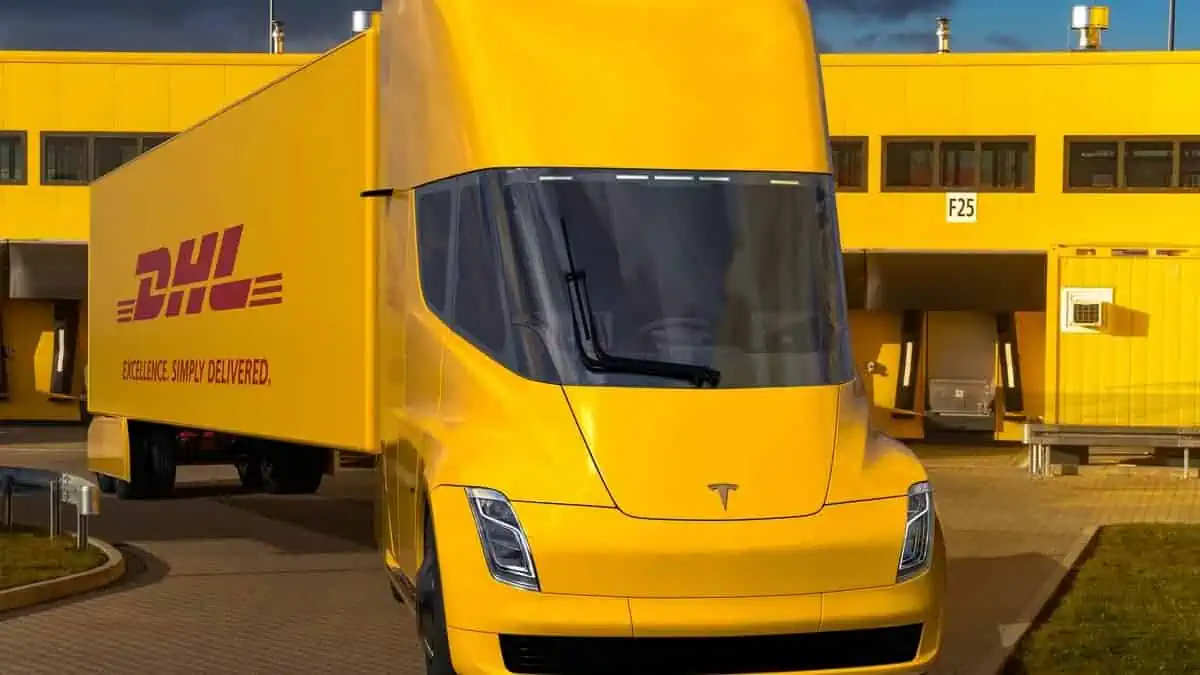The second-largest US rental car firm, Hertz, announced Tuesday that it would partner with BP to “substantially expand” its electric vehicle charging infrastructure across North America. In essence, the announcement caused shares of Hertz to soar.
International Business Times reported that under the memorandum of understanding, charging stations will be constructed by BP’s EV charging subsidiary, BP Pulse. It will also offer management software and services to fuel Hertz’s fleet. By 2030, BP Pulse aims to have installed more than 100,000 chargers worldwide. Additionally, 90% of these charging stations will be fast-charging.
Notably, some of the charging stations will be accessible to taxis and ride-hailing companies, as per Hertz. Furthermore, the car-rental company wants 25% of its fleet to be electrified by 2024. By 2027, it plans to buy 340,000 EVs from General Motors, Tesla, and Polestar.
“Hertz is accelerating the adoption of electrification by investing in the largest rental fleet of electric vehicles in North America and expanding the availability of charging stations,” Hertz CEO Stephen Scherr said in a press release.
Although the demand for electric vehicles has grown significantly, potential customers have been constrained by a shortage of suitable charging facilities. In essence, the Biden administration unveiled new initiatives to create a nationwide network of 500,000 charging stations in June.
The contract with Hertz is “just the start” for the company in the United States, according to BP Chief Executive Bernard Looney. The agreement expands on a previous initiative in which chargers were set up at 25 Hertz airport facilities.
“We want to be part of the solution to building out a nationwide infrastructure,” Jeff Nieman, senior vice president of operations initiatives at Hertz, said in an interview. “We’re looking at locations that will have the biggest fleets.”
Vic Shao, the brand chief for BP Pulse, stated that the company’s software system would assist Hertz in keeping its fleet effectively charged by determining the most cost-effective time of day to charge in a volatile power market.
“When you have gasoline or diesel, you have a scenario where the pricing for the fuel is up or down by maybe you know, 25%, a given year or something like that,” Shao stated. However, in some markets, like California, “prices can be up and down by 400% a day for electricity.”
“When you’re operating a large-scale fleet, unless you have a fix on the cost of your ‘fuel,’ electricity in this case, it’s very difficult to scale up. You need to get a handle on the operational expense,” Shao told CNBC on Tuesday.






